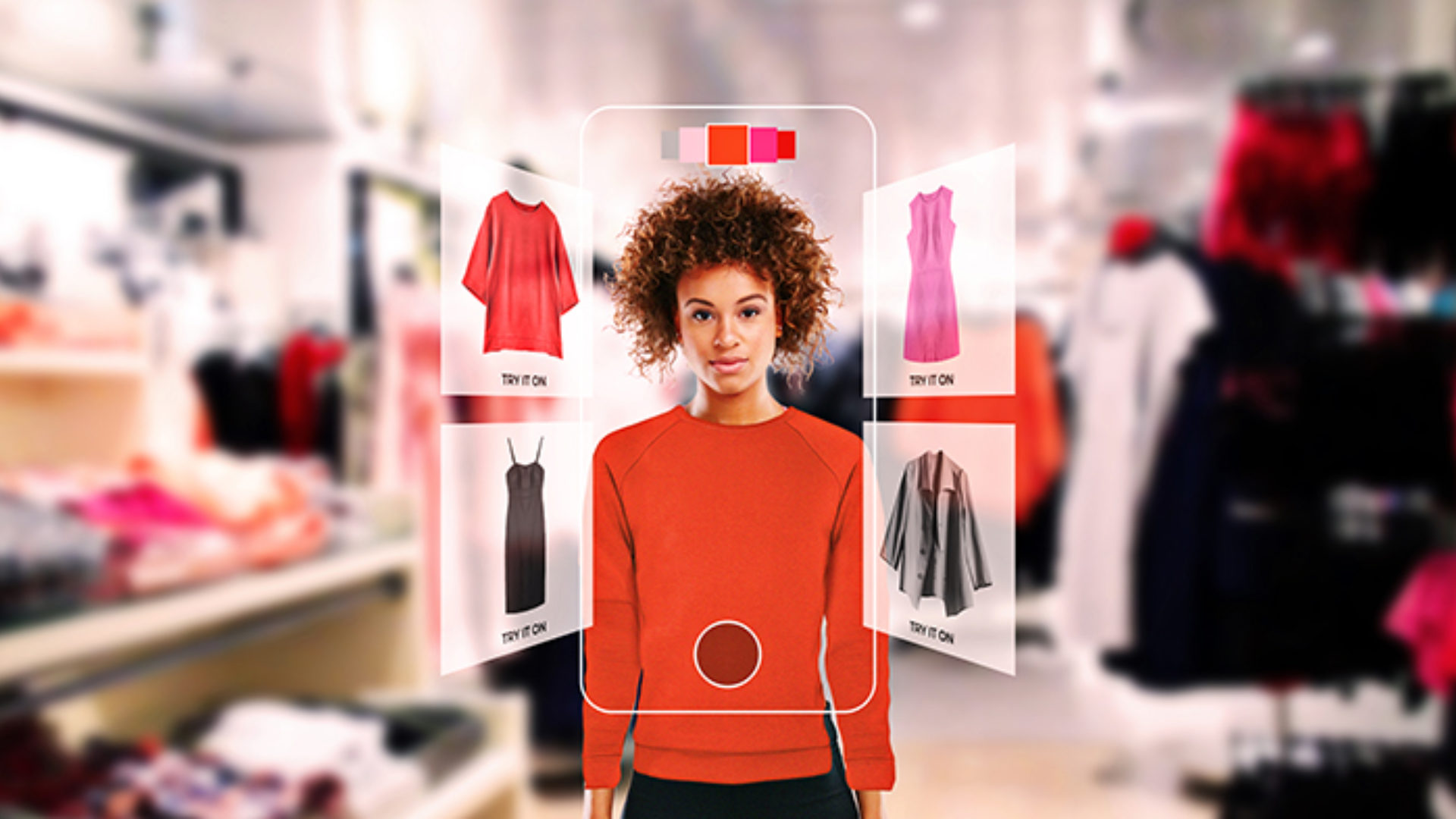Augmented reality (AR), an immersive technology that overlays digital images onto the real world, is becoming a game-changer for businesses across various sectors. According to Statista, the global mixed reality market, which includes AR, was valued at $31 billion in 2021 and is projected to approach $300 billion within three years. One industry particularly poised for transformation through AR is fashion. The pandemic accelerated interest in AR, with brands increasingly leveraging virtual models and influencers to showcase new designs. Today, AR continues to enhance supply chains and improve customer experiences in fashion.
The Power of Virtual Try-Ons
Virtual try-on technology represents a significant leap forward for the fashion industry. By bringing the fitting room into the digital realm, AR allows customers to try on clothes virtually, eliminating the need for physical stores. AR try-on solutions use a camera to capture the customer’s image while mapping a realistic virtual representation of a garment onto their body in real time. This innovation makes clothes shopping more accessible and convenient. The virtual fitting room market is expected to grow at a compound annual growth rate (CAGR) of 24.1% from 2023 to 2030, highlighting its increasing importance in the fashion world.
Evolution of Augmented Reality in Fashion
The journey of AR in fashion began in the early 2010s with rudimentary applications. Early examples included basic try-ons using paper templates or simple overlay techniques. In 2009, Zugara introduced the Webcam Social Shopper tool, allowing users to superimpose AR clothing over their bodies via a webcam.
By 2011, brands like Debenhams and Uniqlo started experimenting with AR technology in physical stores. Debenhams introduced a virtual changing room, while Uniqlo’s Magic Mirror let customers change clothing colors on a touchscreen monitor. Despite these advancements, earlier AR solutions struggled with accurate size and fit representation.
The real breakthrough came in 2014 with the emergence of startups like Zeekit, 3DLOOK, and Body Labs, which advanced AR clothing try-on technology. These developments led to rapid growth and investment in the sector.
Pioneering AR Technology in Retail
Today, AR in retail offers a seamless experience that accurately maps clothing to the customer’s body with minimal effort. Luxury fashion retailer Farfetch, for example, partnered with Snapchat to launch an AR clothes shopping tool that lets users try on jackets from Virgil Abloh’s Off-White collection using 3D body mesh and cloth simulation technology.
Brands like ASOS and Adidas use virtual try-on technology to map AR fashion items onto diverse models, helping consumers visualize how garments will look on bodies similar to theirs. Innovative solutions like YourFit by 3DLOOK further enhance the experience by allowing customers to see how clothing will look on their own virtual models through a quick smartphone scan.
The Impact of AR on Ecommerce and Physical Stores
For online retailers, AR technology is a powerful tool to increase conversion rates and reduce return rates. According to Threekit, 71% of consumers are more likely to shop with a brand that incorporates AR. AR try-on solutions help customers feel more confident about their purchases, which can boost conversion rates by up to 40%. They also address the high return rates in fashion ecommerce, which often result from poor fit or style.
In physical stores, AR can streamline the shopping experience. Smart mirrors and virtual try-ons eliminate the need for customers to find sizes, wait for changing rooms, or undress. This technology can enhance in-store experiences and foster customer loyalty. For instance, Metaverse Fashion Week in 2023 showcased how AR can help brands build brand loyalty and set new standards for customer interaction.
The Future of AR in Fashion
Augmented reality is not just a trend but a transformative technology that bridges the gap between digital and physical retail. For fashion retailers, AR offers an opportunity to create engaging, interactive shopping experiences, improve customer satisfaction, and optimize product development and distribution. As AR technology evolves, it will continue to play a crucial role in shaping the future of fashion, offering benefits for businesses, consumers, and the planet.
Investing in AR try-on technology is essential for modern fashion brands looking to stay competitive and meet the growing demand for technology-driven shopping experiences. The ability to provide a virtual dressing room experience, reduce returns, and gather valuable data for future product development makes AR a must-have for fashion businesses aiming to thrive in the digital age.
